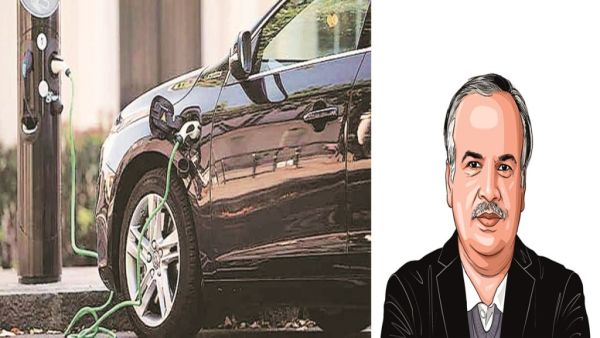
By Anand Kulkarni
Electric vehicles (EVs) are rapidly redefining the automobile landscape – not just through its zero emissions, but by evolving into intelligent, connected forms of mobility. As these vehicles continue to integrate digitally with the outside world, they create significant volumes of realtime data while being in use, including speed, distance and temperature profiles of key aggregates. Companies now hold real, actionable insights to design and refine their portfolio based on how a vehicle is actually used as against how they’re expected to be used.
From Telematics to Tailored Design
Telematics from EVs have completely changed the understanding of a product. With a connected vehicle, manufacturers and users receive realtime insights into driving behaviour, energy use and more. That kind of detailed data helps with a deeper, more accurate understanding of customer needs—bridging the gap between product design and actual usage.
In areas dominated by slow, stopandgo traffic, instances showing frequent braking may suggest the need for more responsive regenerative braking systems. On the other hand, data showing longrange, highwaydominant usage might influence battery management strategies or aerodynamics. Even charging habits give clues into user patterns, which can influence product development. A majority of owners charging their EV overnight at home, for example, might indicate the need for features that improve home charging efficiency and make the user interface simpler.
Earlier, customercentricity in the lifecycle of an EV used to begin at the time of adding features and technology to the bodystyle, now it begins at the drawing board. Insights from the usage of other models in the portfolio are embedded early in the product life cycle, guiding everything from component design to feature prioritisation. This not only reduces risk of development but ensures that vehicles are tailormade to the nuances of different customer segments.
A Smarter, More Responsible Future
This approach is especially crucial in markets with diverse geographies, driving conditions, and consumer behaviors. A onesizefitsall model is no longer sufficient. Data like this empowers manufacturers to be locally responsive while maintaining global design efficiency.
Amid all this opportunity, one principle remains paramount: responsible data usage. Manufacturers must prioritise transparency, user consent, and data anonymisation. Earning and maintaining consumer trust will be critical as technological advancement continues on a path of cocreation!
The future lies in intelligent, adaptive vehicles that learn and evolve. With AI and machine learning layered atop telematics, vehicles are now empowering manufacturers to anticipate driver needs, suggest optimal routes, and offer a deeply personalised user experience. The data revolution in electric mobility isn’t just reshaping vehicles—it’s reshaping how manufacturers connect with people. The road ahead is being paved not only with technology, but with understanding.
The writer is chief products officer, head of HV programmes and customer service, Tata Passenger Electric Mobility.
Disclaimer: Views expressed are personal and do not reflect the official position or policy of FinancialExpress.com. Reproducing this content without permission is prohibited.
Contact to : xlf550402@gmail.com
Copyright © boyuanhulian 2020 - 2023. All Right Reserved.